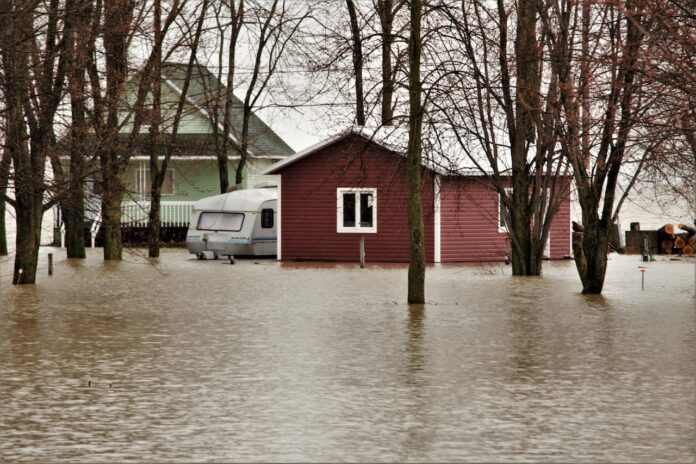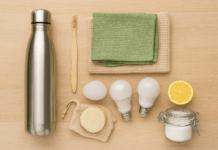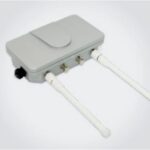Everyone’s worst nightmare is their home being flooded. If this has happened to your property, don’t panic. The easy guide in front of you will take you through the process of what to do so that you can eliminate any problems as quickly as possible.
As soon as you’re ready, work your way through the steps provided below.
Step 1: Use a Carpet Dryer Blower
Floodwater is dangerous for several reasons. One of the main reasons is that flood water can contain infectious diseases and potential chemical hazards. If the floodwater saturates your carpet fibers due to it being left there too long, you’re putting yourself in a world of trouble.
Thankfully, there’s a quick and effective solution: use a carpet dryer blower. Over the years, countless people have used carpet dryer blowers to deal with the aftermath of floodwater on the carpets. It’s risky to allow the water to just sit there and soak, which is why you need to get to work on drying it as quickly as possible.
Specifically, your carpet dryer blower (which is sometimes referred to as an air blower) can help to dry your:
- Carpets
- Floorboards
- Walls
- Underlay
- Stairways
Best of all, carpet dry blowers are incredibly easy to use. You don’t have to be a cleaning expert or anything like this. Instead, simply follow the instruction manual that comes with your blower and make sure that you remember to wear the right protective gear, such as household cleaning gloves.
Step 2: Move Furniture Upstairs
Any furniture that is exposed to floodwater (or has been damaged by it) should be immediately moved upstairs to a safe location. Ideally, the location you store the furniture should be warm and not moist. Ultimately, doing this will make the odds of you being able to repair or restore your furniture much more favorable.
Step 3: Turn Off the Electricity
Sometimes, people make the crazy mistake of leaving the electricity turned on both during and after a major flood. This is extremely dangerous and should be avoided at all costs. Therefore, if you haven’t done so already, make sure that you turn your house electricity off.
Step 4: Document Everything
Another common mistake that people make is failing to document everything in photographic form.
Documenting everything that the flood has affected and damaged in your home will help to build a strong case for your future insurance claims. Without proper evidence, it automatically becomes much harder to make claims, as you have no proof that the damage took place to specific items and décor.
Step 5: Stay Calm
Lastly, try to stay calm.
When your house has been flooded, it’s incredibly stressful. Often, people will have to find temporary accommodation (such as staying at a family member’s house) until their property is safe to return to.
It’s important to remember that your house will recover from the flood — but it might take months (or even upwards of a year) if the damage is especially bad.









